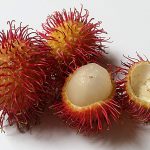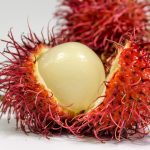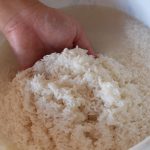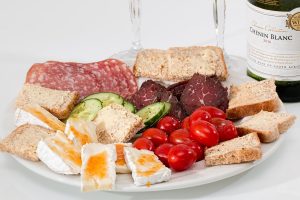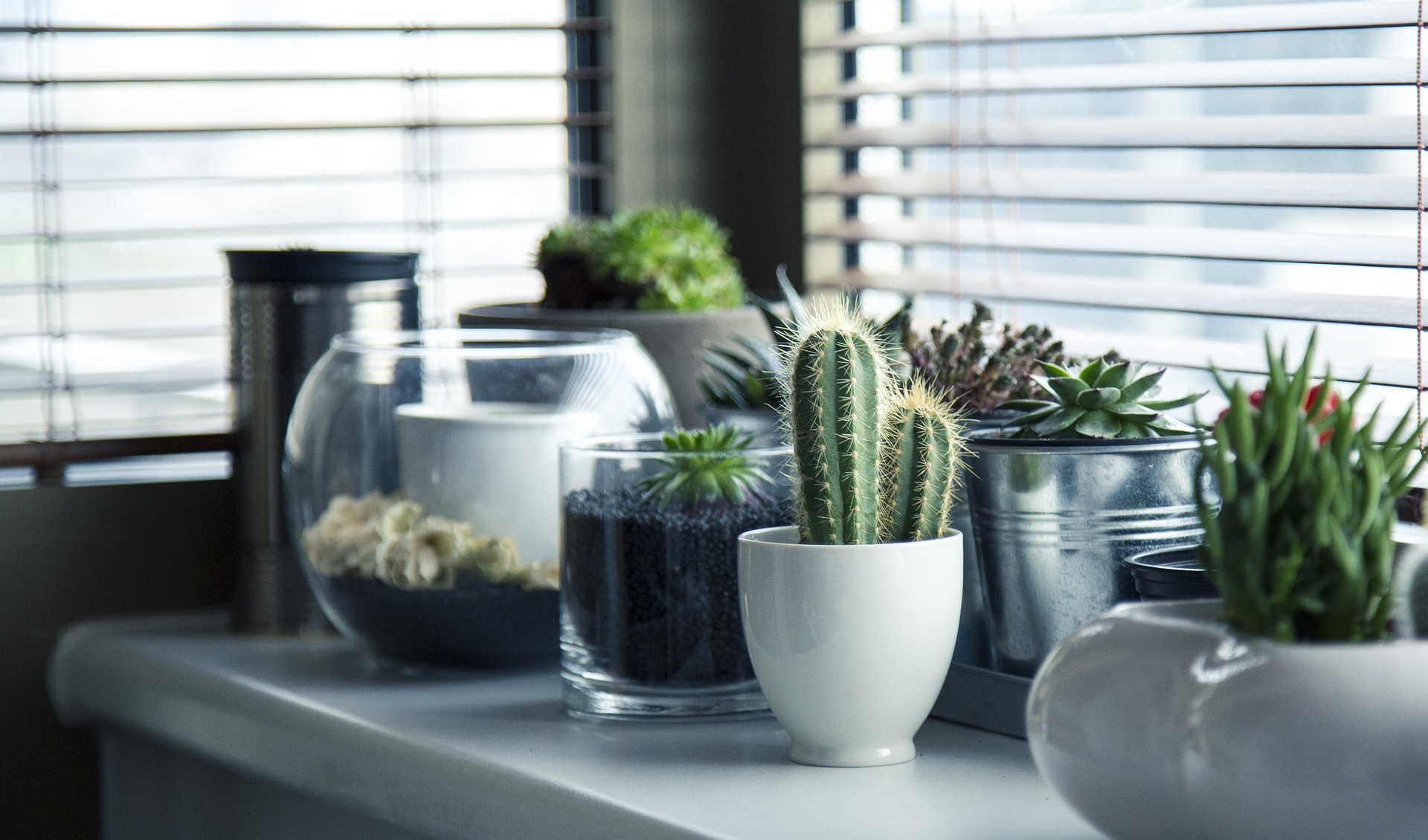
Succulents, with their unique ability to store water in their fleshy leaves and stems, have gained immense popularity among plant enthusiasts. These hardy and low-maintenance plants come in a stunning array of shapes, sizes, and colors. In this guide, we will delve into the captivating world of succulents, exploring the various types that captivate gardening enthusiasts worldwide.
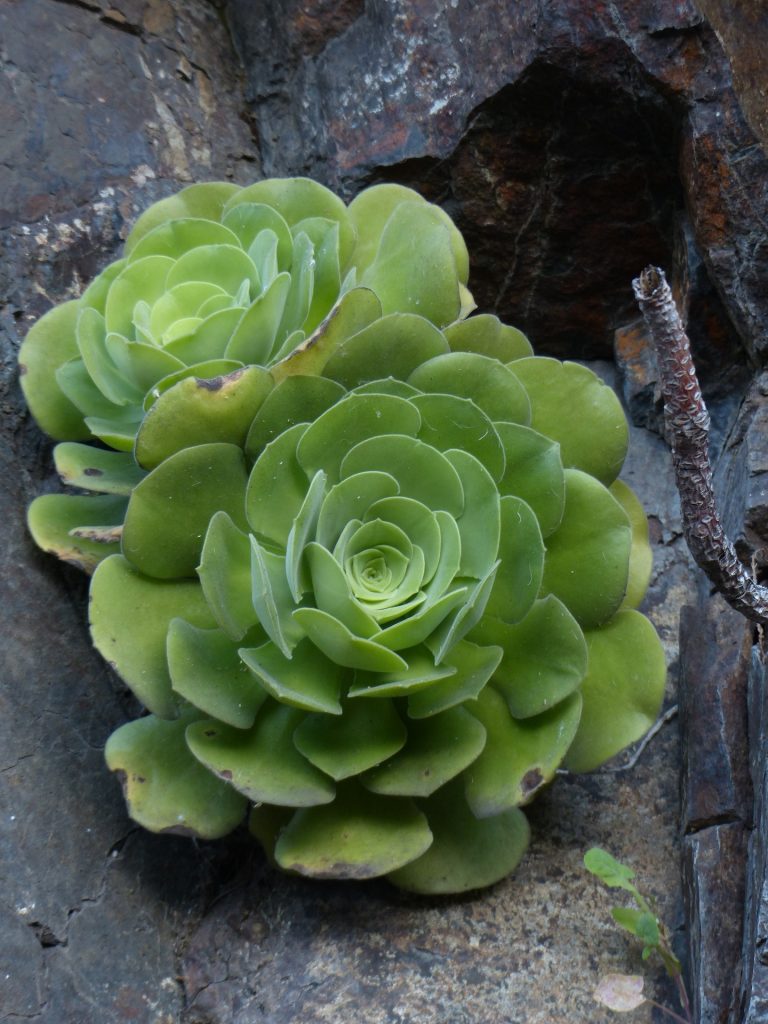
Aeoniums:
One of the most visually striking succulents, Aeoniums are known for their rosette-shaped foliage. These plants display a wide range of colors, from deep purples to vibrant greens and even variegated patterns. Aeoniums are perfect for container gardens and thrive in well-draining soil and ample sunlight. Their unique growth habits make them a captivating addition to any succulent collection.
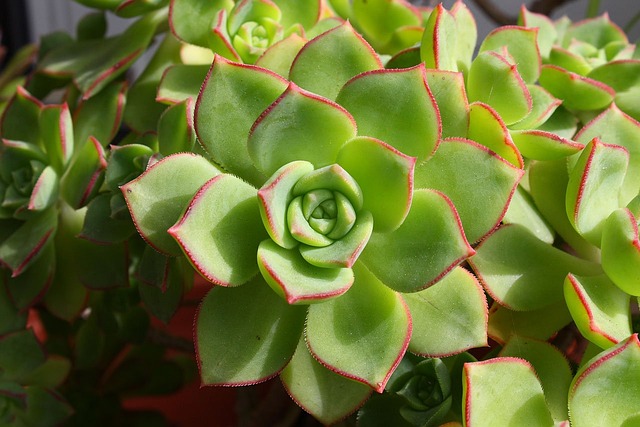
Echeverias:
Echeverias are perhaps the most iconic among succulents, with their symmetrical rosettes and vibrant hues. The size of these plants varies from small, compact varieties to larger specimens. Echeverias are versatile, making them suitable for both indoor and outdoor settings. Their water-storing leaves allow them to withstand periods of drought, making them an excellent choice for those seeking resilient and beautiful succulents.
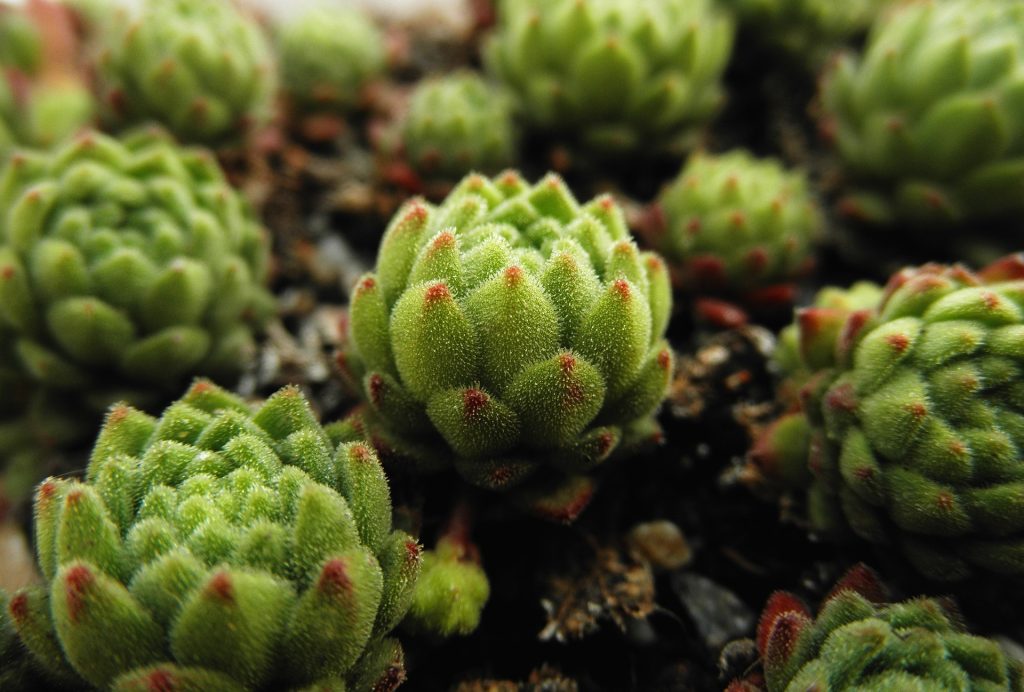
Sempervivums (Hens and Chicks):
Sempervivums, commonly known as Hens and Chicks, are characterized by their rosette clusters, where the “hen” produces offsets or “chicks.” These hardy succulents come in a range of colors and textures, adding interest to rock gardens, containers, or ground covers. Sempervivums are cold-resistant, making them suitable for various climates, and their unique growth pattern makes them an engaging addition to succulent arrangements.
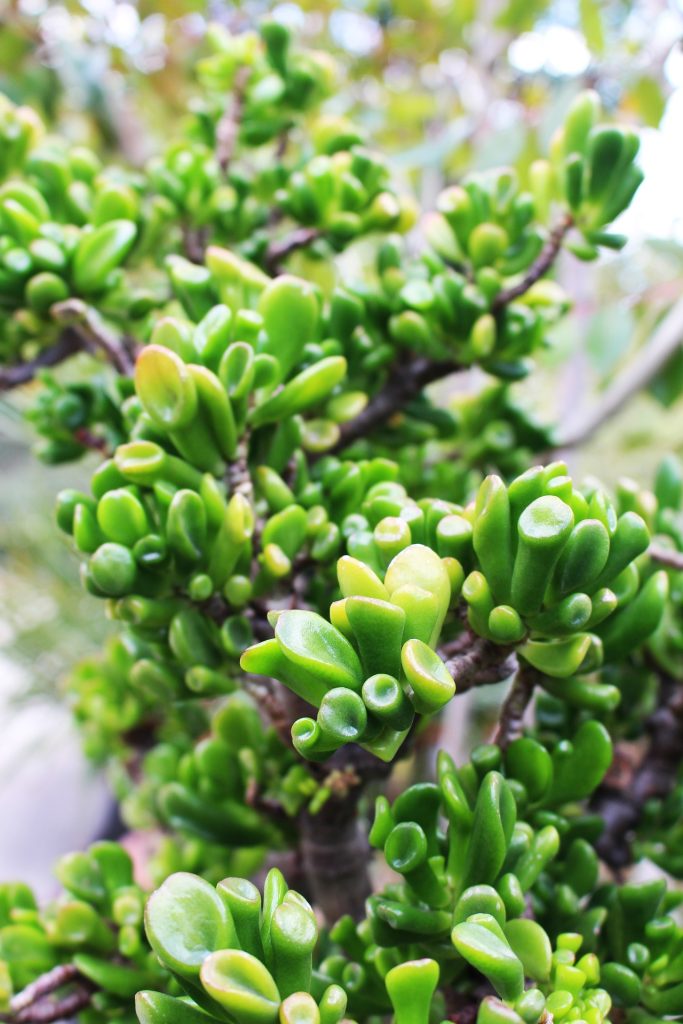
Crassulas:
Crassulas encompass a diverse group of succulents, ranging from the popular Jade Plant (Crassula ovata) to the intricate Crassula perforata, also known as the String of Buttons. Various leaf shapes, sizes, and colors are exhibited by these succulents, providing a broad spectrum of options for collectors. Crassulas are generally easy to care for, thriving in well-draining soil and bright, indirect light.
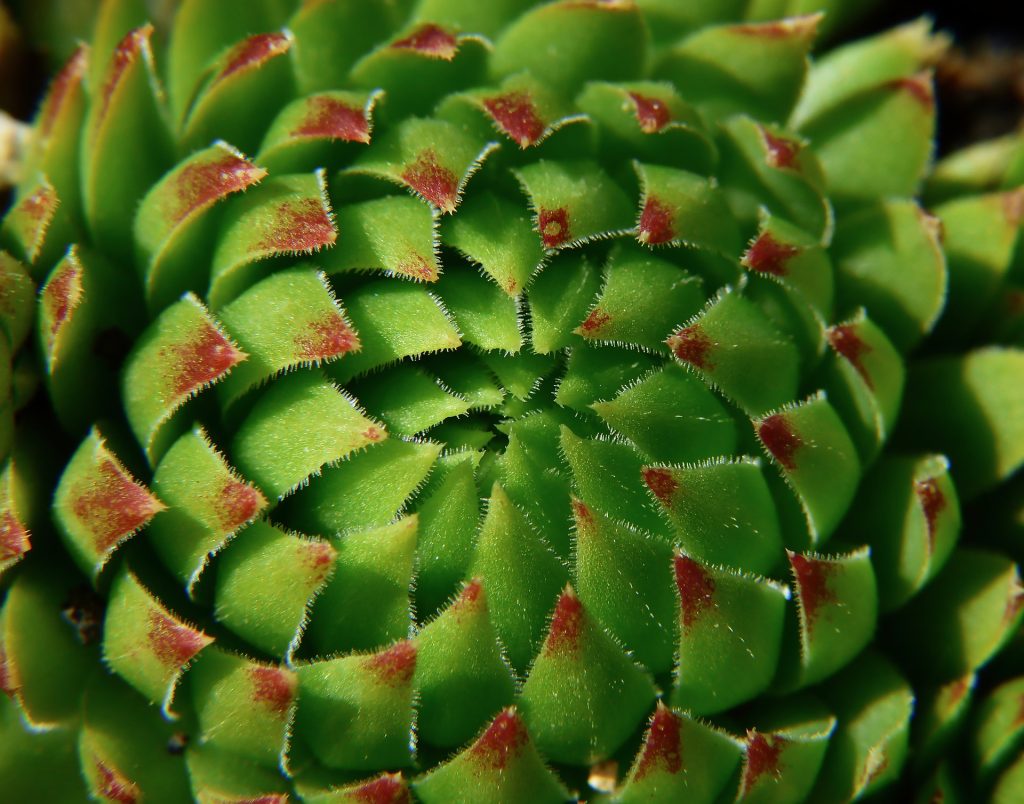
Sedums:
Sedums are renowned for their resilience and adaptability, making them suitable for a wide range of environments. These succulents offer diverse options for landscaping and gardening from ground-covering varieties like Sedum spurium to upright types like Sedum spectabile. Sedums are known for their seasonal changes, with some varieties displaying vibrant blooms in addition to their fleshy leaves.
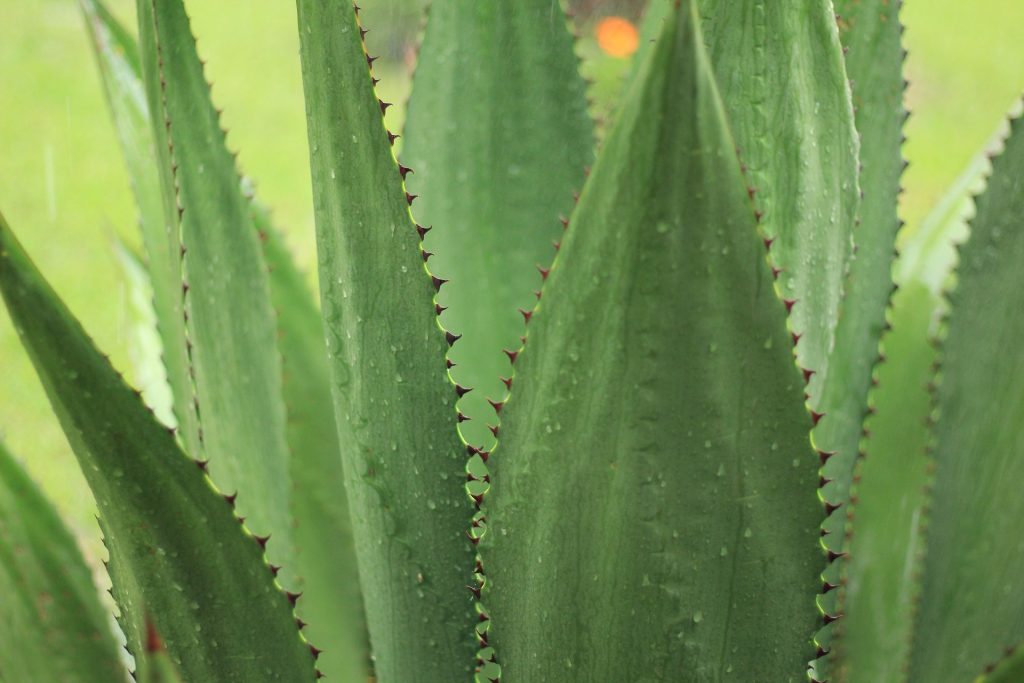
Agaves:
Known for their architectural appeal, Agaves are striking succulents with sword-like leaves and often sharp spines at their tips. These plants varies in sizes from compact Agave parryi to the larger Agave americana. Agaves are well-suited to arid environments and thrive in well-draining soil. A dramatic element to gardens is added by their distinctive appearance, and their hardiness makes them a popular choice for xeriscaping.
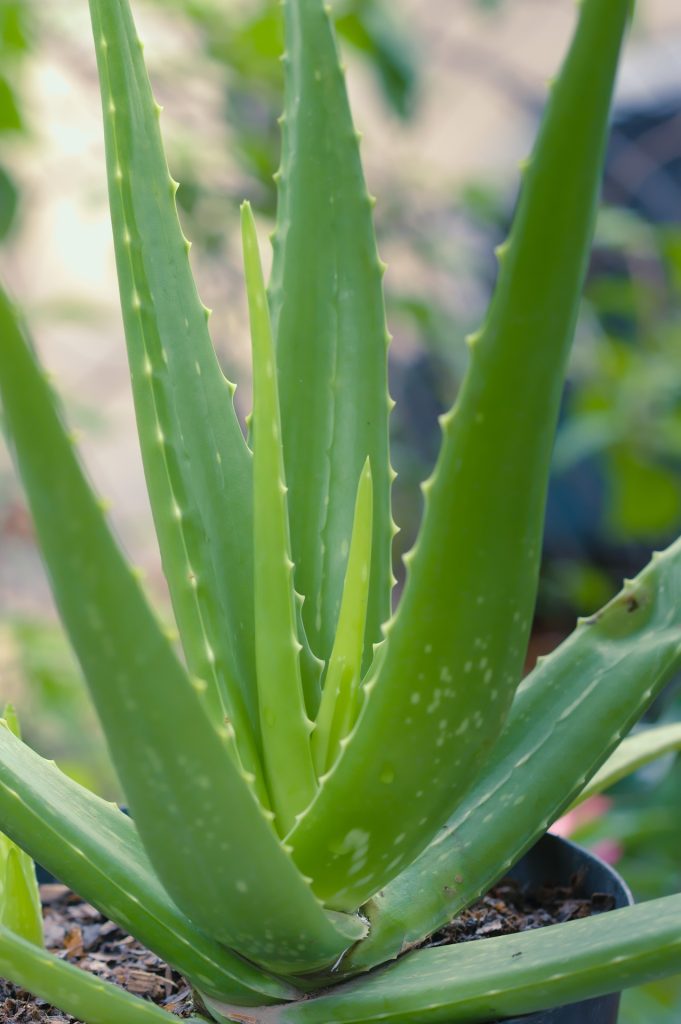
Aloe Vera, famous for its medicinal properties, is a well-known succulent with long, pointed leaves that contain a soothing gel. Beyond its healing qualities, Aloe Vera is an attractive plant with a unique growth habit. It is relatively easy to care for, requiring well-draining soil and bright, indirect sunlight. Aloe Vera’s versatility makes it a popular choice for both indoor and outdoor cultivation.
Conclusion:
The world of succulents is a vast and enchanting one, with each type offering its own unique charm. From the intricate patterns of Aeoniums to the architectural beauty of Agaves, succulents continue to capture the hearts of plant enthusiasts globally. Whether you’re a seasoned gardener or a novice, exploring the diverse range of succulents can be a rewarding journey, adding beauty, resilience, and a touch of nature’s wonder to your living spaces.

